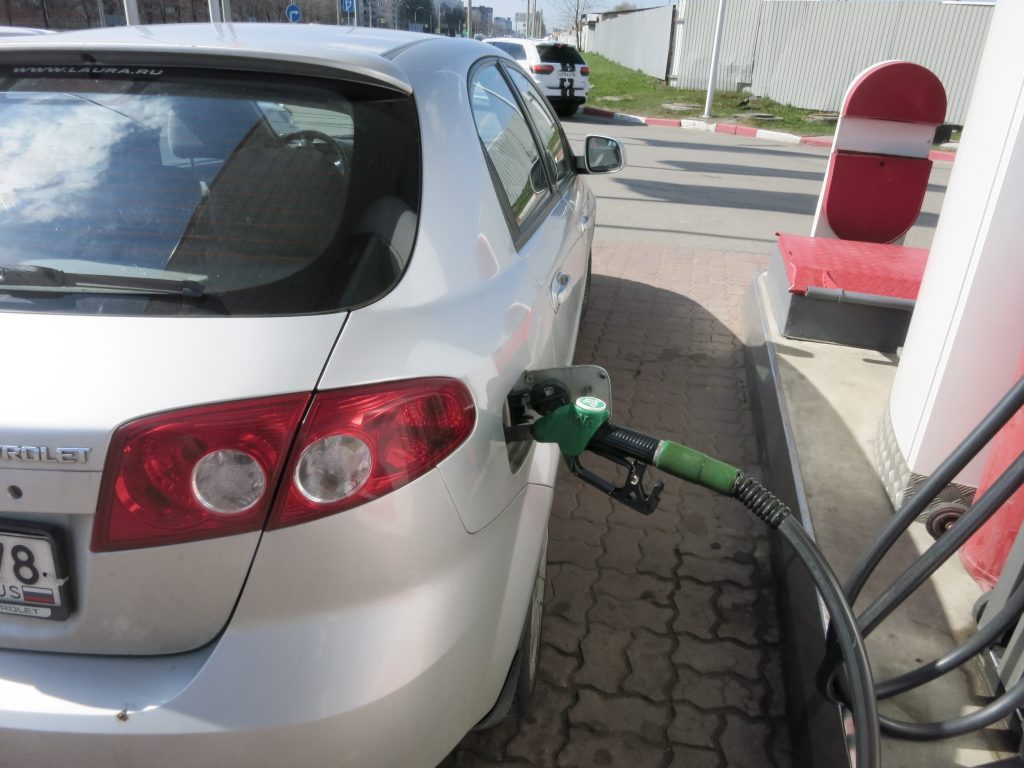
What do the belts at the front of the engine do?
Back in the "old days", internal combustion engines used belts and pulleys to drive components such as water pumps or air conditioning systems. Even though technology has improved, belts are still a vital component in most cars, trucks and SUVs. Although each vehicle has a unique belt drive system designed for different engines and configurations, there are generally two types of belts: accessory or ribbed belts and timing belts.
The accessory belt, located at the front of the engine, is an important part that controls many vehicle functions. It can also be called a serpentine belt, which sounds much more mysterious but means the same thing. The reason for its name is that it wraps around various pulleys like a snake; hence the term serpentine. This belt drives several ancillary items such as the water pump, radiator fan, alternator and air conditioning system.
The timing belt is installed under the engine cover and is designed to drive the crankshaft or camshaft, which manages the timing of all internal engine components such as pistons and valves. For the purposes of this article, we will focus on the serpentine belt.
How the snake belt works
This single belt replaces the multiple belt system once used on engines. In older models, there was one belt for each accessory. The problem was that if one belt broke, you would have to take them all off to replace the faulty one. Not only was this time consuming, but it often cost consumers a lot of money to pay the mechanic to perform the service.
The snake belt was designed to solve these problems. A serpentine or accessory belt controls all of these components. It is driven by the crankshaft pulley and enters and exits the various auxiliary system pulleys. Some vehicles may have a dedicated belt for certain accessories, but in most cases one belt performs multiple functions. This reduces the amount of work required to replace a broken belt and also reduces engine drag. The end result is a more efficient system that keeps all belt driven components running smoothly.
How long does a serpentine belt last?
The V-ribbed belt is used every time the engine is started, and this constant work leads to severe wear. Like any other rubber component in the engine bay, it is exposed to high temperatures and wears out over time. The service life of a serpentine belt mainly depends on the type of material from which it is made. Old style belts typically last around 50,000 miles, while belts made from EPDM can last up to 100,000 miles.
The best option is to have your vehicle regularly serviced and the belt checked every time you change your engine oil and filter. It is also recommended that the belt and pulleys be checked during any maintenance on the radiator or cooling system. If it breaks, you will find that your driving experience has more than changed. Without this belt, your power steering pump will not work, your air conditioning system will not work, and your alternator will not work. The car can also overheat because the water pump won't work, which can quickly damage the engine.
Every time you change the V-ribbed belt, it is recommended to replace the pulleys and the tensioner at the same time. This service must be performed by a professionally trained mechanic, so contact your local repair mechanic to replace the V-ribbed belt as recommended by the manufacturer.
